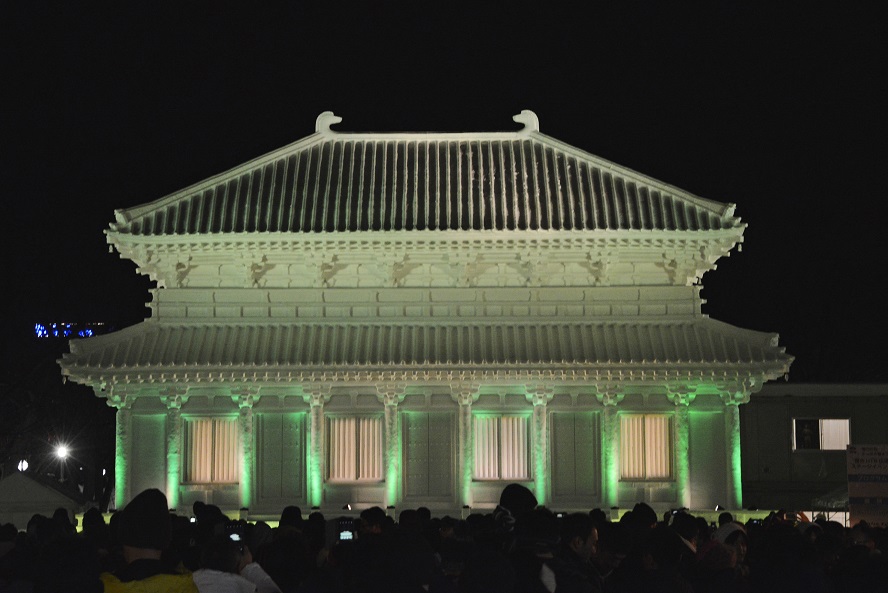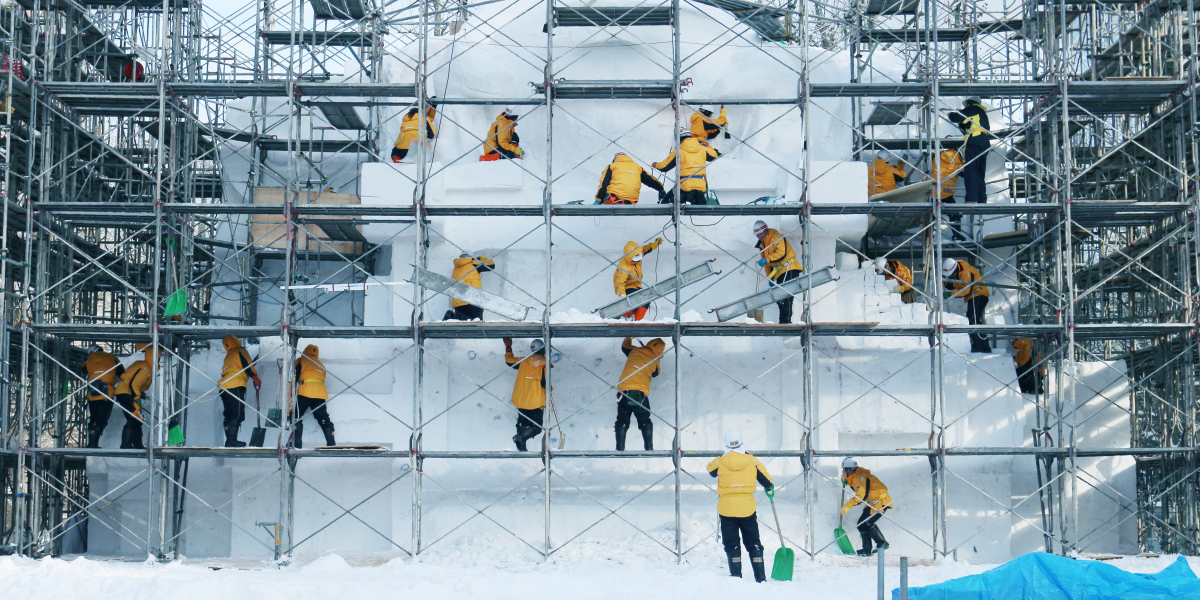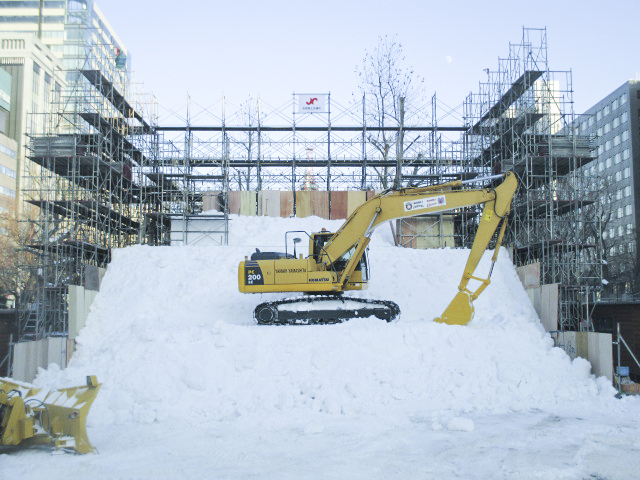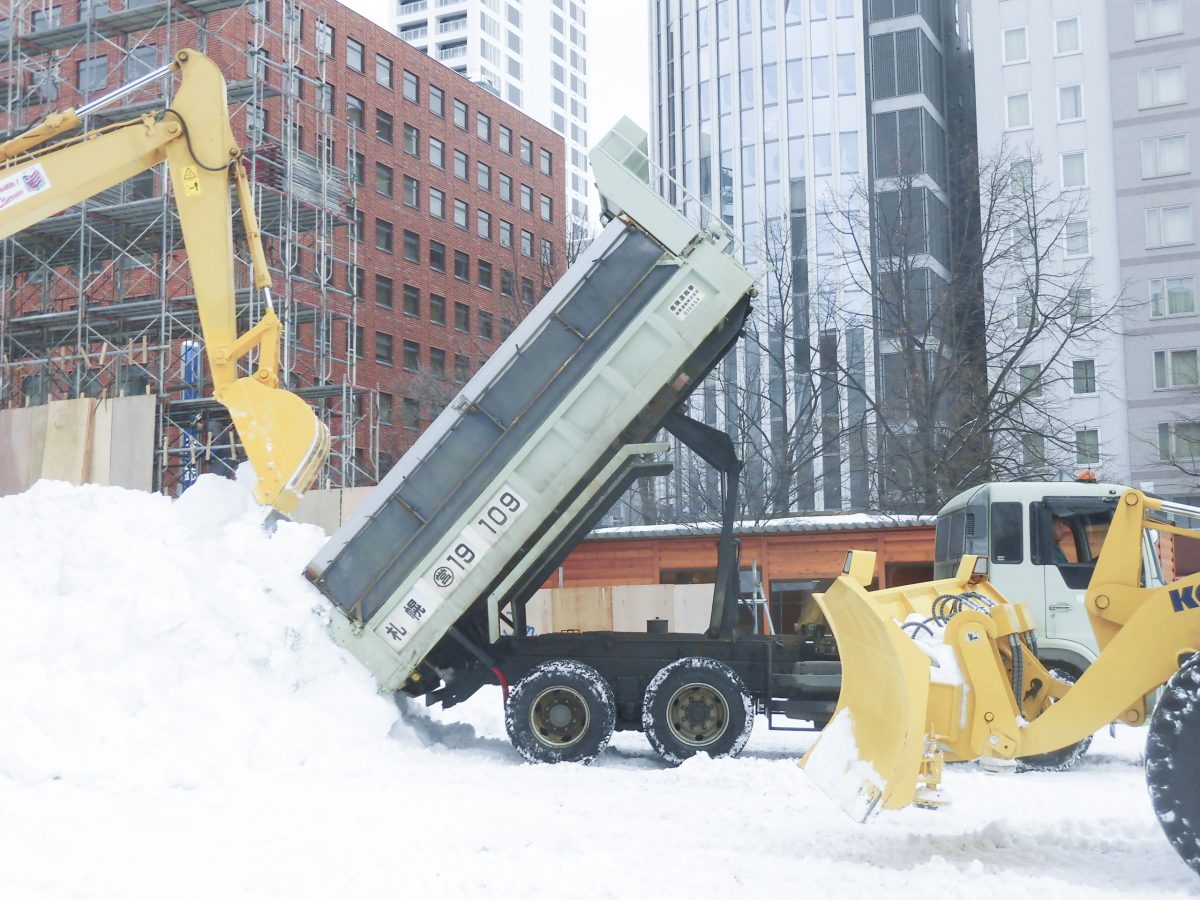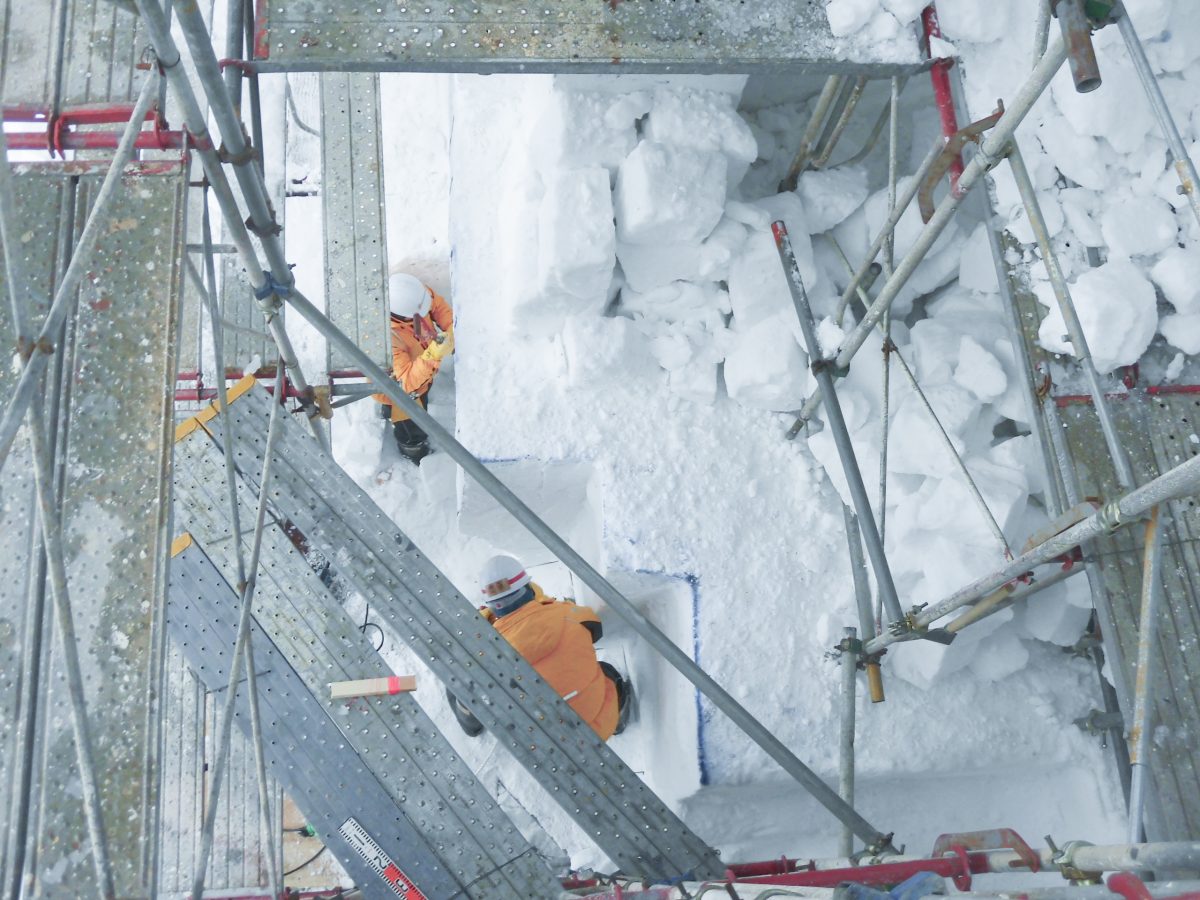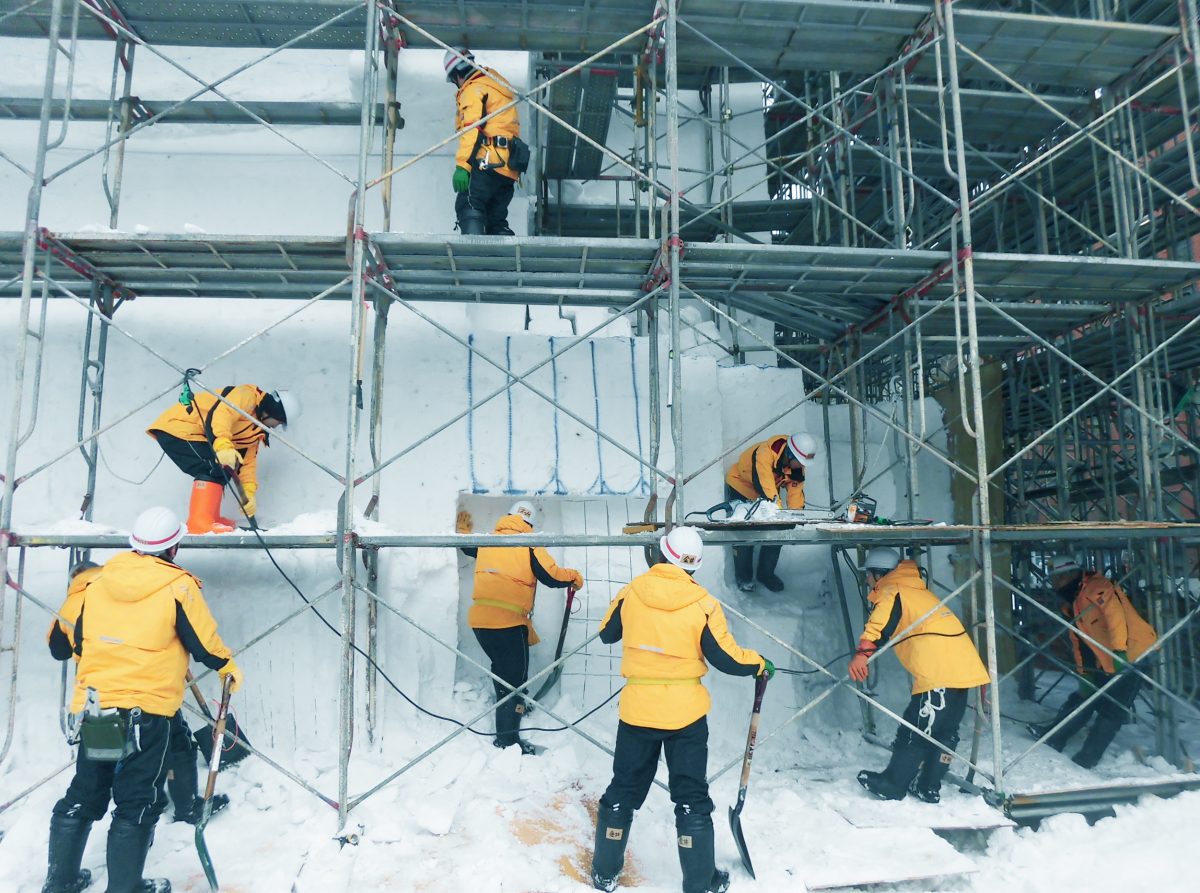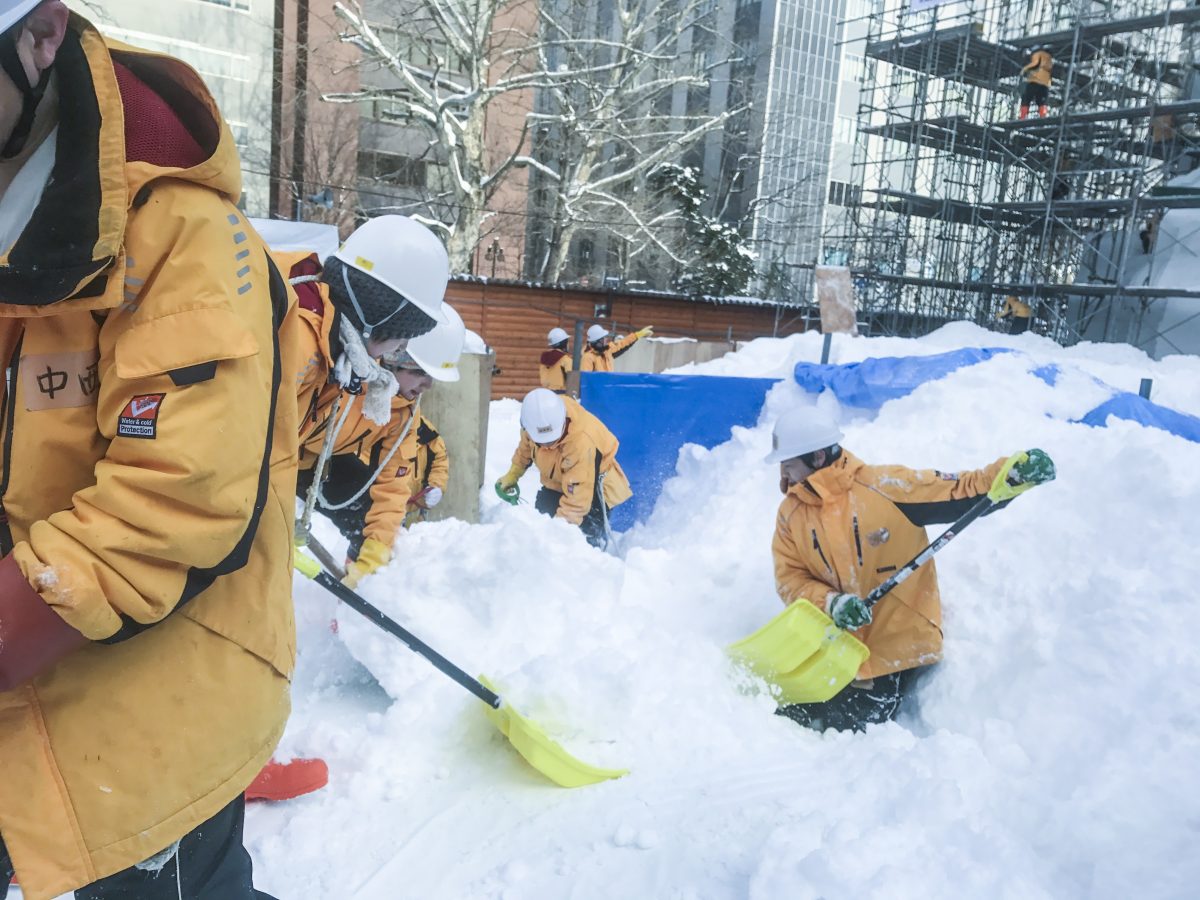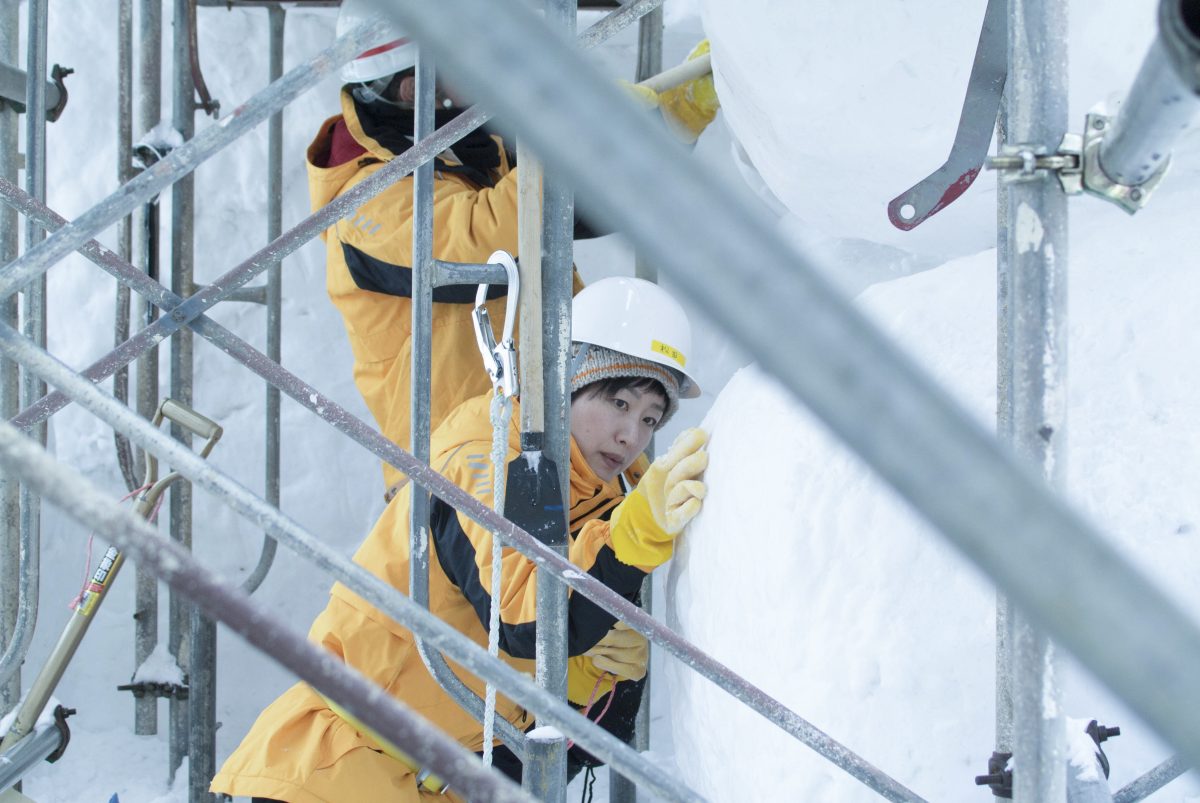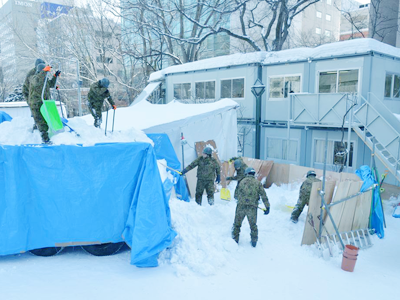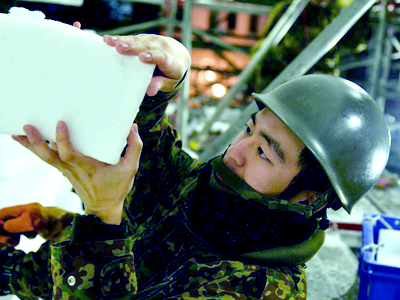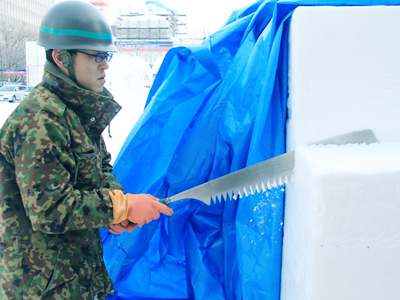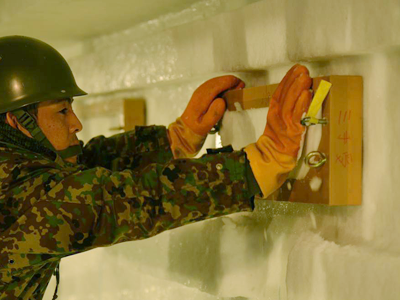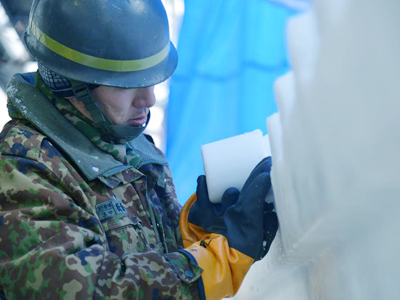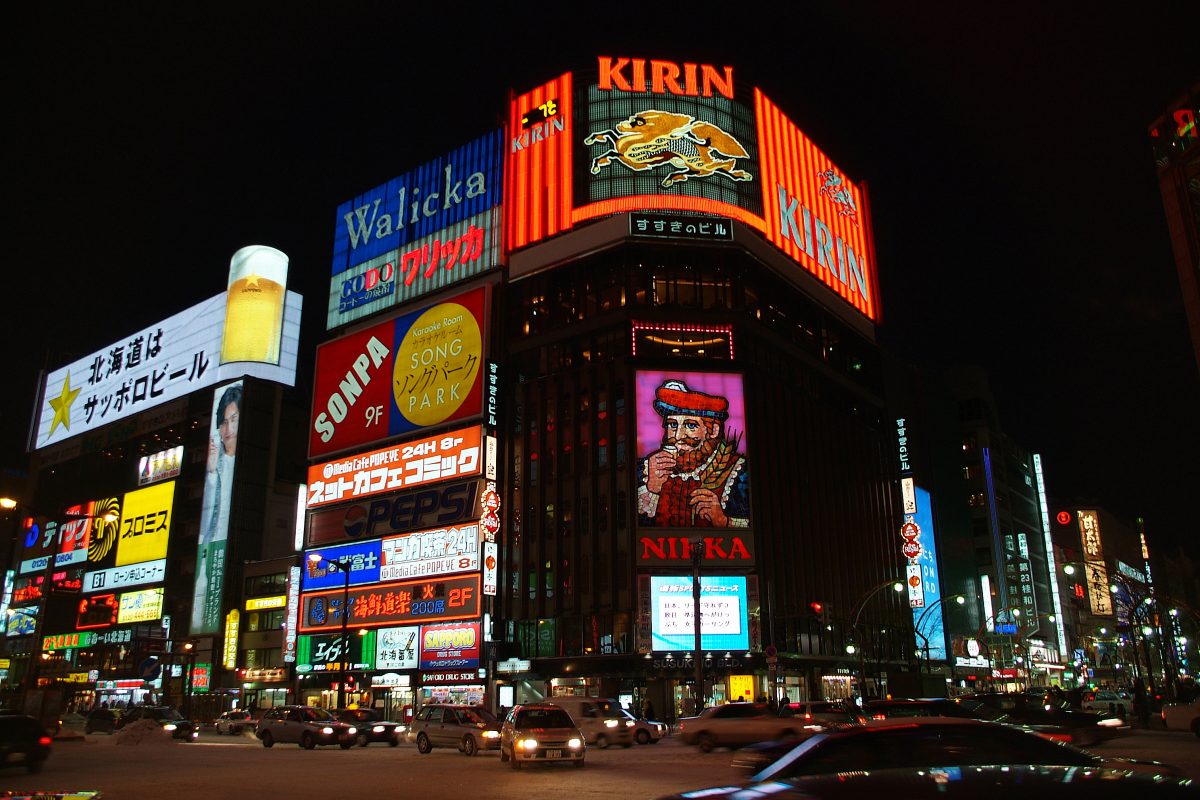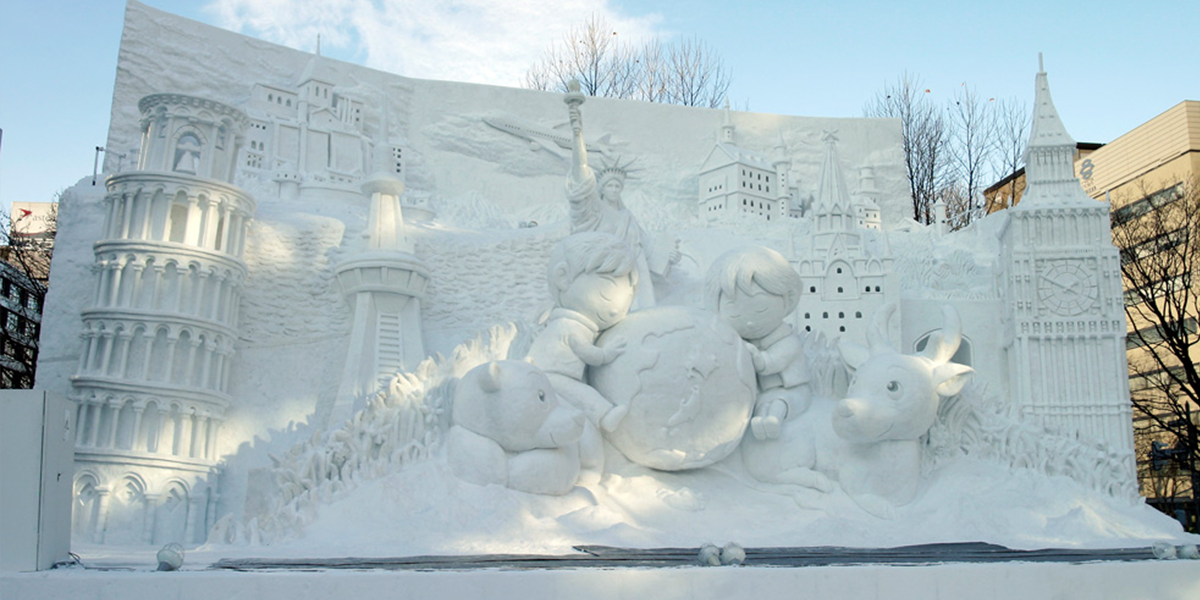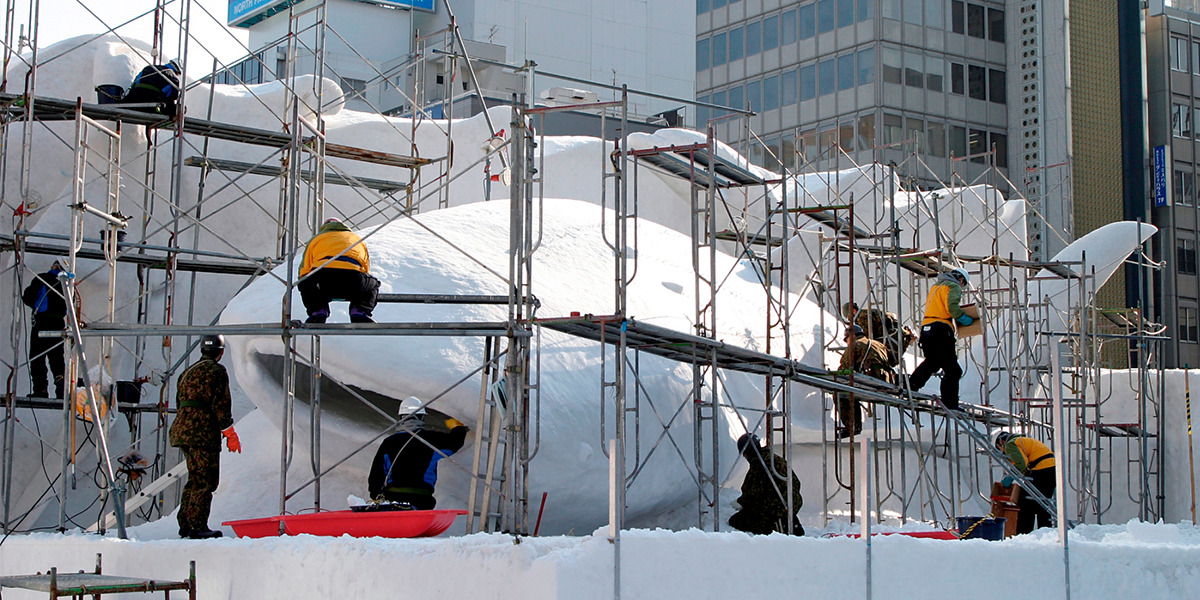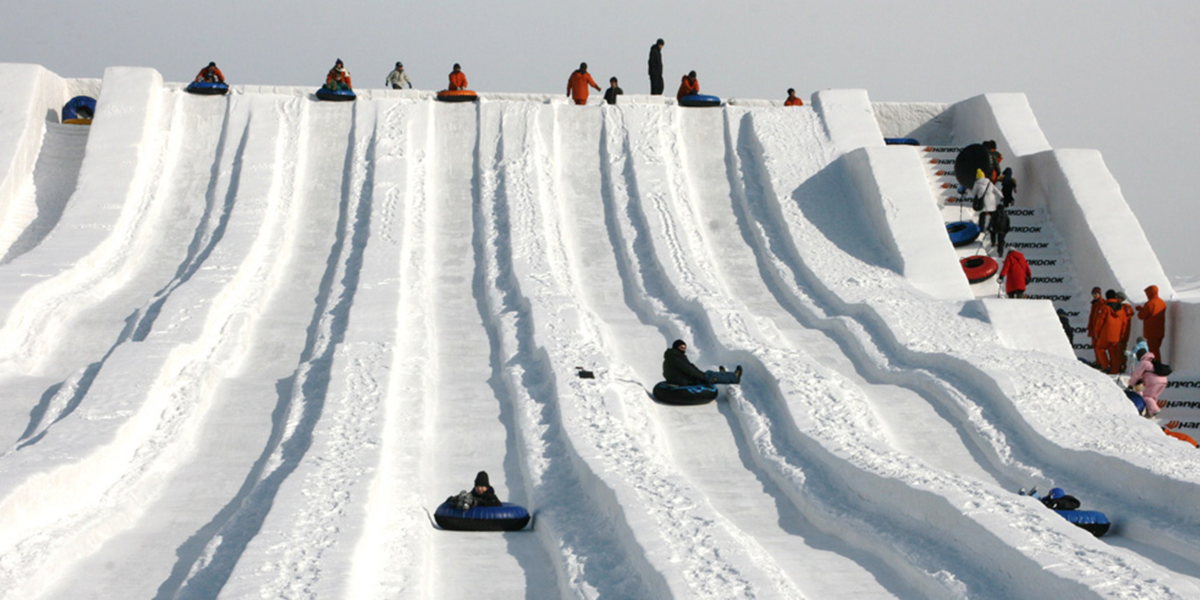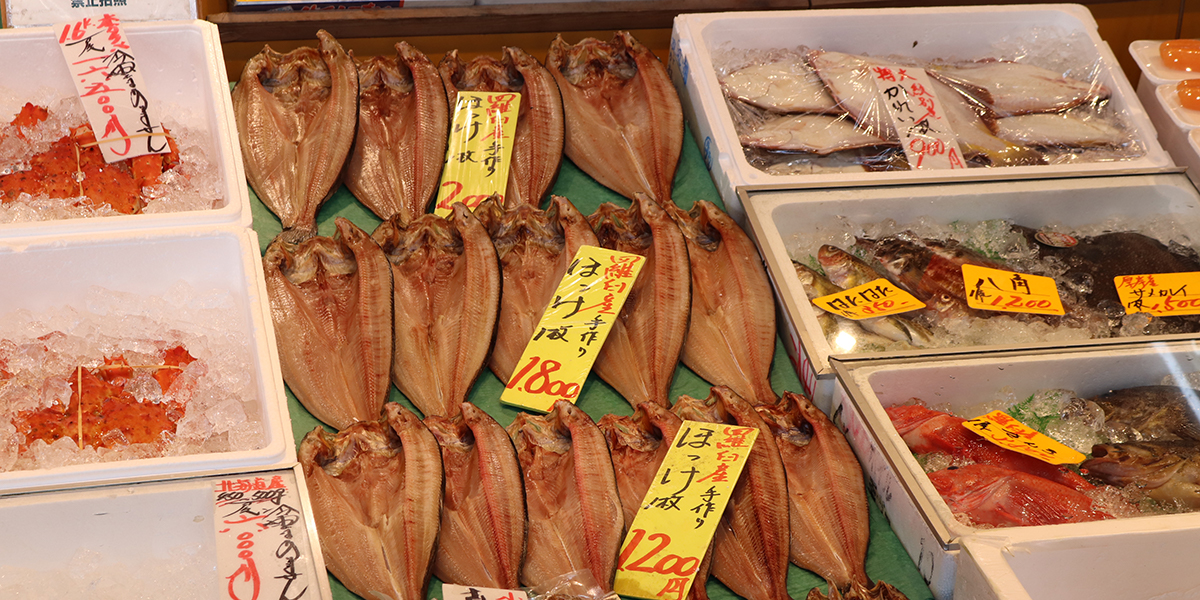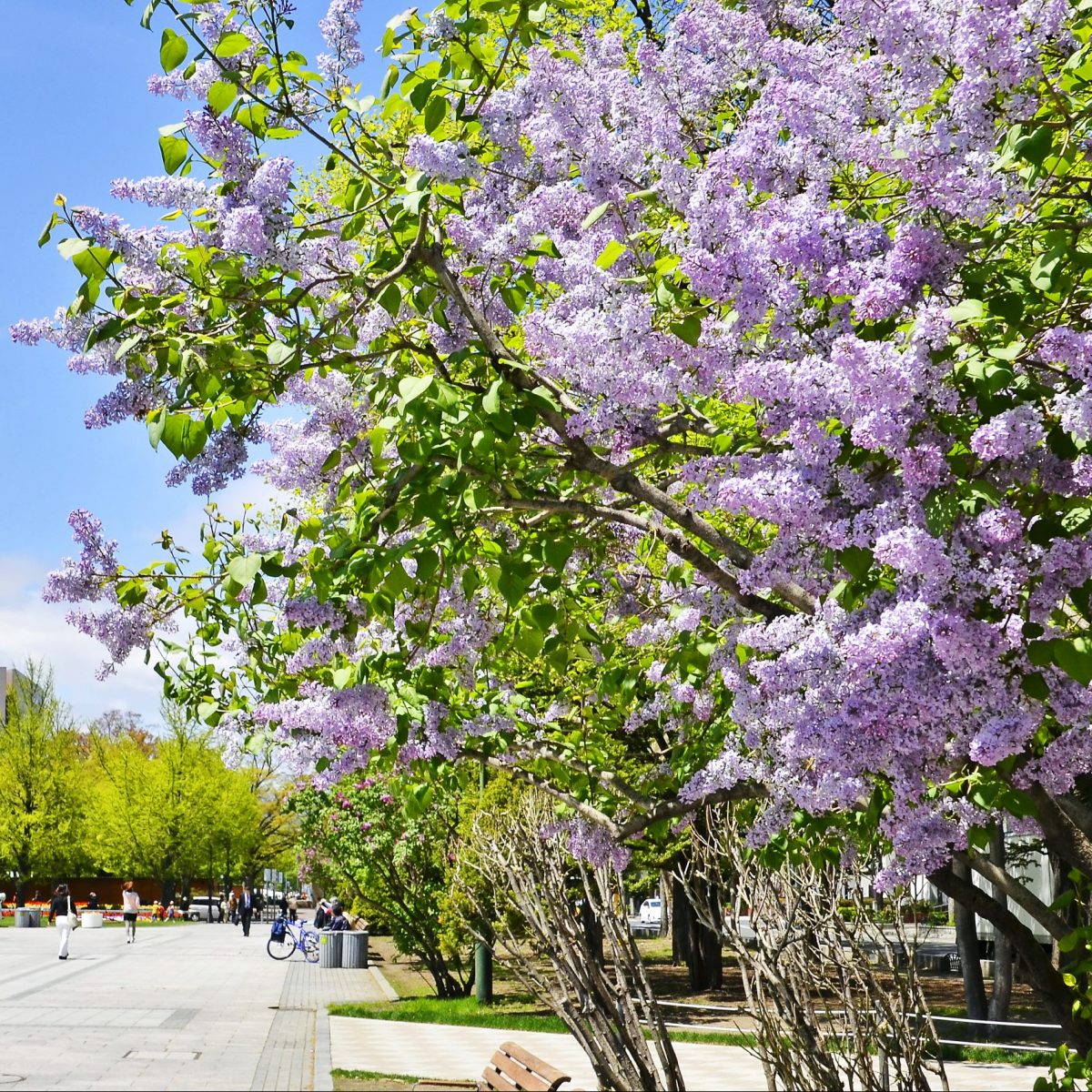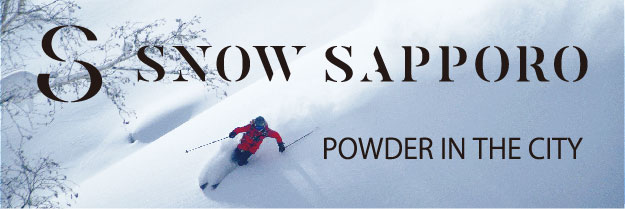Behind-the-scenes information about the creation process of the large snow sculptures at the Sapporo Snow Festival, Sapporo ‘s most famous winter event
Behind-the-scenes information about the creation process of the large snow sculptures at the Sapporo Snow Festival, Sapporo ‘s most famous winter event
Sapporo Snow Festival is the first event that comes to mind when thinking of winter in Sapporo. Odori Park, one of the event venues, is adorned with ice and snow sculptures of all sizes. Every year, the large snow sculptures which measure between 12 and 15 meters tall draw the most attention from the crowd. The creation process of these sculptures is actually carried out onsite from January, while preparations begin in autumn of the previous year. Let’s take a behind-the-scenes look at the process behind these large snow sculptures unknown even to Sapporoites. In this issue, we will examine the creation process for the large snow sculptures used by the Sapporo Snow Festival Large Snow Sculptures Creation Committee and Self Defense Forces’ ice block technique.
mock-up and blueprint work
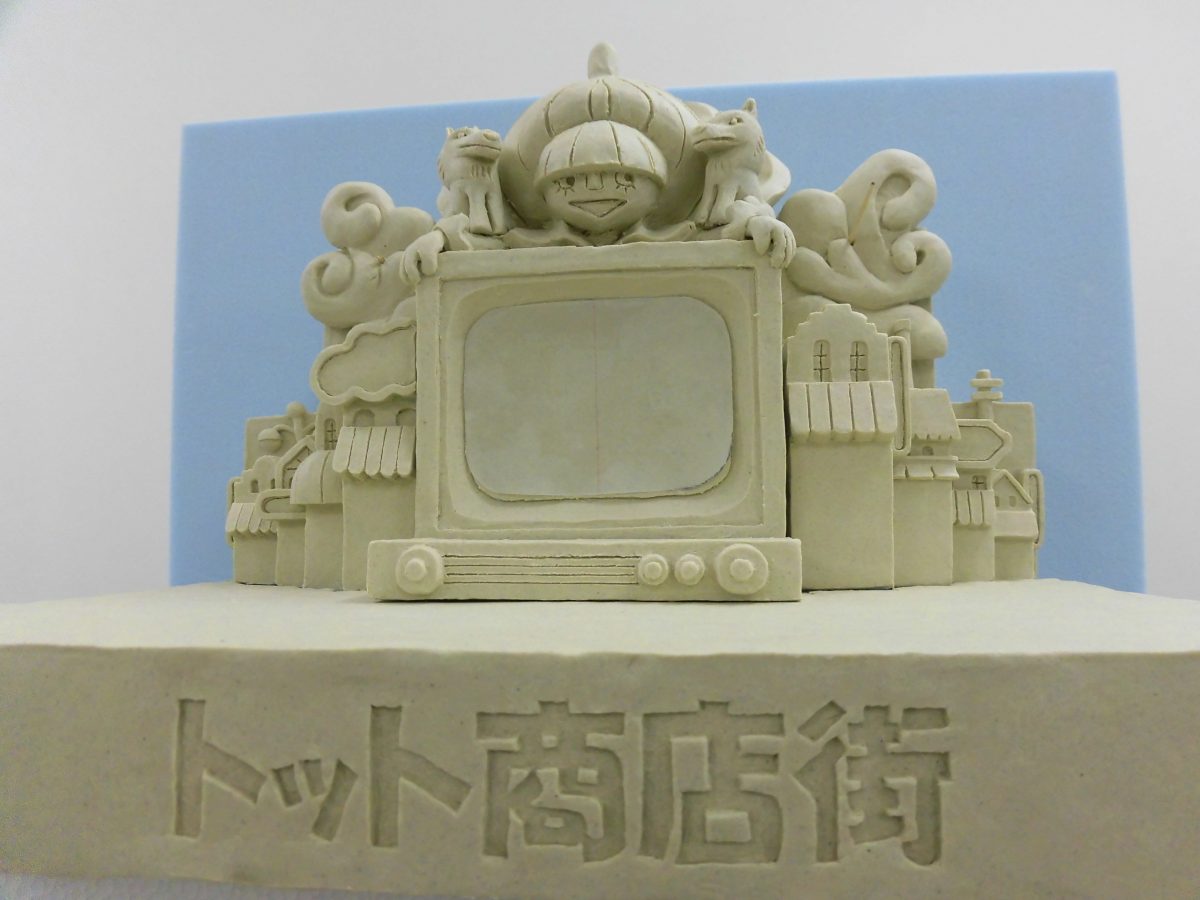
Well before the first snow of the season, the creation team starts its activities in the basement of Sapporo City Hall unbeknownst to the public
Every year in the autumn, team leaders of the three creation subcommittees under the Sapporo Snow Festival Large Snow Sculptures Creation Committee meet in the basement of Sapporo City Hall. There, they brainstorm ideas on possible shapes that may be formed with snow, and the actual work process, while creating models and blueprints.
October
Each venue manager at Odori Park submits a proposal for the large snow sculptures. The senior team leader with 40 years of experience creating large snow sculptures then makes adjustments to the proposal in order to create a feasible design with snow as the medium.
November
- Second week of November to first week of December
The blueprints are drawn and mock-up (1:40 scale) work is initiated. Later, the process for creating the blueprint for the large snow sculptures begins.
December
- First and second weeks of December
Each team runs through precise simulations of the large snow sculpture creation process. The teams deliberate several times over how to setup scaffolding for their work in high places, and the sequence of the creation process. - Second week of December
The Sapporo Snow Festival Executive Committee holds its press conference. - December 26 to 29
Scaffolding is installed and preparations are completed for snow collection work. All that is left is to wait for the New Year.
Creation of large snow sculptures through chiseling.
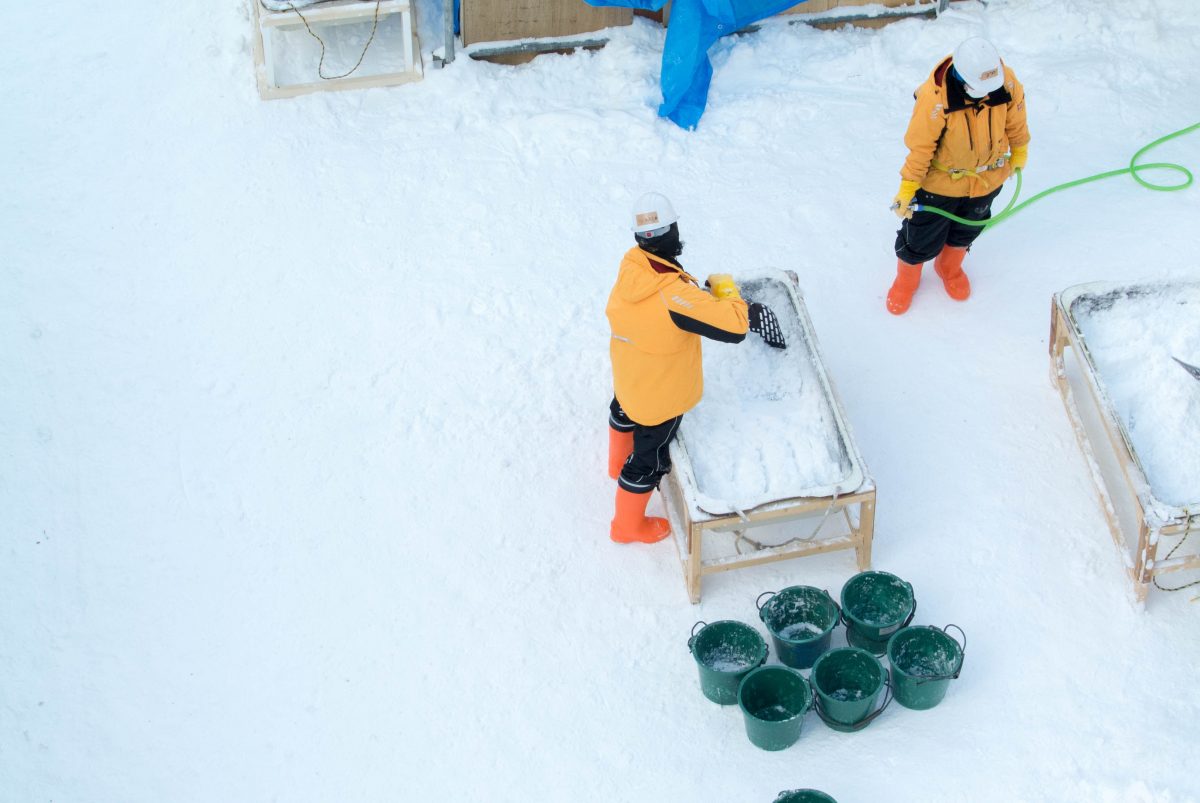
Cutting, kneading, and pasting. Creation of large snow sculptures requires stamina.
The Sapporo Snow Festival Large Snow Sculptures Creation Committee is responsible for creating large snow sculptures by shaving the ice. In 2019, large snow sculptures will be created for Nishi 5-chome, Nishi 8-chome, and Nishi 10-chome. Helmets and safety belts are required as work will be done in high places. Let’s take a look at the actual work site. *Picture of the site for Nishi 5-chome’s Totto Shotengai in 2017.
Foundations made by continuous treading of the snow
From January 7, snow is brought in from Makomanai Takino Cemetery and Satozuka Cemetery. This snow will be treaded over and over to form a solid platform in the space of a week. The amount of snow needed for the foundation is equivalent to 200 to 300 loads of a 10-ton truck. While snow is powdery and fluffy, the continuous kneading will make the snow nearly as hard as ice, resulting in a solid and sturdy foundation.
Rough cutting
Panels surrounding the outside perimeter are removed and rough cutting begins. Based on the blueprint, a serrated scoop is used to cut shapes following notches made by a chainsaw. The scaffolding is constantly rebuilt as the cutting goes as deep as two to three meters from the surface to form the pattern of the large snow sculpture from a giant block of snow.
Snow kneading and applying cosmetic snow
Fresh powdery snow brought in from Nakayamatoge Pass, which then gets mixed with water to form a sherbet-like consistency, is called “cosmetic snow”. Snow kneading is a labor intensive process and requires 10 workers taking turns to complete. The cosmetic snow is delivered to each location of the snow sculptures and applied on each like makeup. After that a chisel or scrapping stick is used to create shapes on the surface as well as carve finer details.
Completion!
The nearly complete snow sculpture requires constant touch up work as conditions change with the temperature. In case of rain, the sculpture needs to be remade. Please pray with us for subzero sunny weather from start of production through the entire duration of the Sapporo Snow Festival!
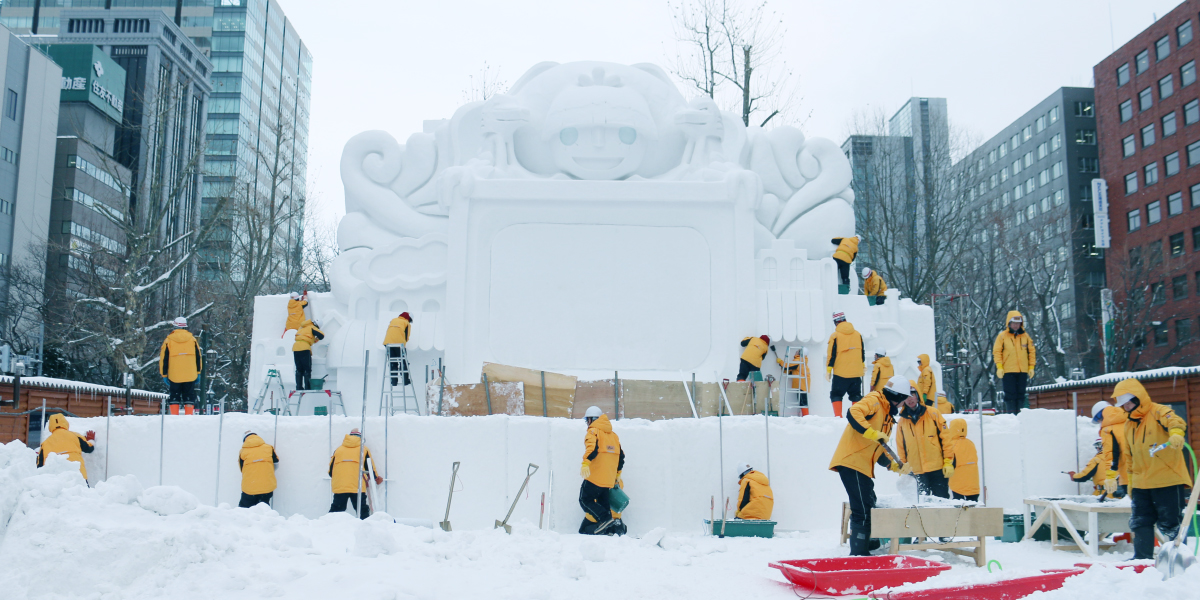
Ice block technique
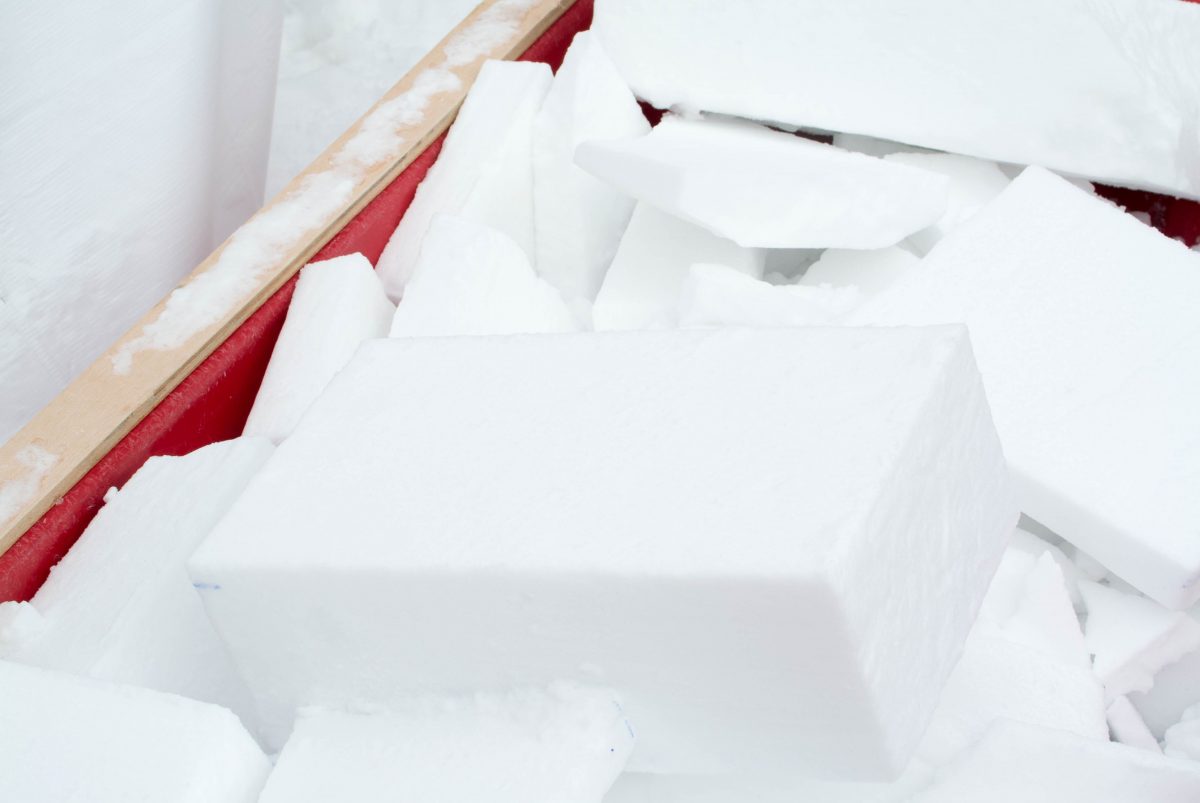
Special technique only possible by the Self Defense Forces that involves up to 120 people a day
The Japan Ground Self Defense Force Snow Sculpture Production Team No. 2 has provided assistance to the creation of snow sculptures since the 6th Sapporo Snow Festival (1955). When creating large snow sculptures that resemble traditional Japanese buildings, a special technique called ice blocking is used. *Picture of the site for “Chukondo, Kofukuji in Nara” in 2017.
Creation of raw ice blocks by stomping on the snow
Raw ice blocks are created by stomping on fresh snow brought in from Nakayamatoge Pass. “Chukondo, Kofukuji in Nara” of 2017 used 300 loads from 10-ton trucks, which was then turned into three raw ice blocks 170cm in width and 20m in length.
Creation of ice blocks
The raw ice blocks are cut into appropriate sizes and carved into finer detailed shapes by chiseling. When creating a large number of small parts, moulds are used to pack snow from which the final products are extracted. Each block is carefully checked and any impurities or contaminants are removed. Finally, the sculpture is sanded by hand to reach smoothness comparable to marbles. As the polishing is done with bare hands, pocket warmers and hand moisturizers are necessities. The total number of ice blocks used to create “Chokondo, Kofukuji in Nara” was 4,500, consisting of 60 different shapes!
Installation of ice blocks
Using “neta snow” created by mixing cosmetic snow with water, ice blocks are applied to the body of the snow sculpture. Creating a sculpture using a combination of blocks gives a three-dimensional look. As it is difficult to install blocks when the temperature rises, sometimes the work is done at night.
Completion!
The detailed finishes resembling renowned architecture, including two-storey roofs and gargoyles, not to mention the sheer size of 22m in width and 13m in height, are simply breathtaking. We hope you look forward to the sculptures to be made in 2019!
